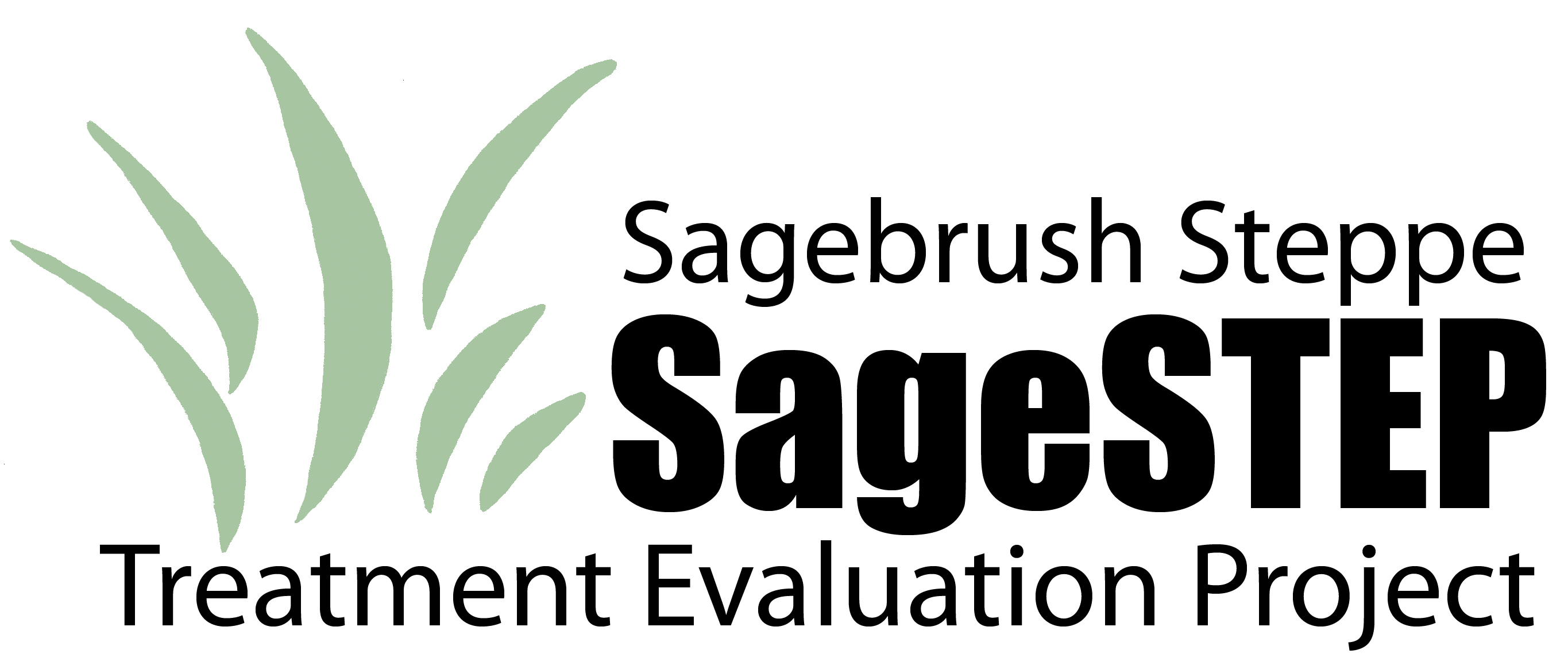The Effect of Invasive Annual Plants on Wildfire Suppression Costs
Date of Award
5-2010
Degree Type
Thesis
Degree Name
Master of Science (MS)
Department
Applied Economics
First Advisor
Kimberly Rollins
Second Advisor
Mimako Kobayashi
Third Advisor
Mark Nichols
Abstract
The problems posed by the role of invasive plants on changing wildfire regimes is considered to be the greatest threat to the ecological integrity of the Great Basin sagebrush steppe of the western U.S. Ecological changes that occur because of these problems threaten the economic and social fabric of rural communities throughout the region. The rest of the nation is affected by these changes through the increasing costs of wildfire suppression that is covered by federal land management agencies. The cost of wildfire suppression has increased at an increasing rate over the last several decades; to the point where funds that would have been used for preventative fuel management programs are being diverted to cover expenditures of wildfire fighting. Preventative fuel treatment is an effort such as thinning of brush and young trees, herbicidal treatment of invasive grasses, controlled fires to reduce fuel loads, and other actions to reduce the probability that a wildland fire will be a catastrophic wildfire that results in further expansion of invasive grasses, losses to ecological integrity, and more frequent wildfires. The trade-off between preventative fuel treatment efforts and wildfire fighting expenditures is generally well understood in principle. However, in practice, the feedback that continues to result in increasing wildfire costs continues. At this time there is little information about the benefits of preventative fuel treatment efforts. One category of benefits is in reducing the expected value of wildfire suppression expenditures. The purpose of this research is to develop a model to estimate the wildfire suppression cost savings from management actions intended to reduce fuel loadings from invasive plants in the Great Basin.
Wildfire suppression cost is estimated using historical data from the US Forest Service regarding the costs of large wildfires on Great Basin lands managed by the Forest Service and the Bureau of Land Management between 1995 and 2007. These data include vegetation type and condition. This information along with an index of fire danger rating is used to construct an index of weighted fuel types. This is used in a regression model to estimate wildfire suppression costs as a function of vegetation type, resulting in the marginal wildfire suppression cost contribution for each given vegetation type. The regression coefficients on vegetation type are used with treatment success rates and wildfire event probabilities to conduct a cost savings analysis for a 200 year period. Public land managers can utilize processes of this type to determine how limited resources can be allocated to maximize cost savings. The framework developed is highly adaptable and can be used to analyze impacts of other activities such as ranching, recreation, and development.
Recommended Citation
Landis, Malieka Te', "The Effect of Invasive Annual Plants on Wildfire Suppression Costs" (2010). Theses and Dissertations. 7.
https://digitalcommons.usu.edu/sagestep_etd/7
Copyright for this work is retained by the student. If you have any questions regarding the inclusion of this work in the Digital Commons, please email us at .



